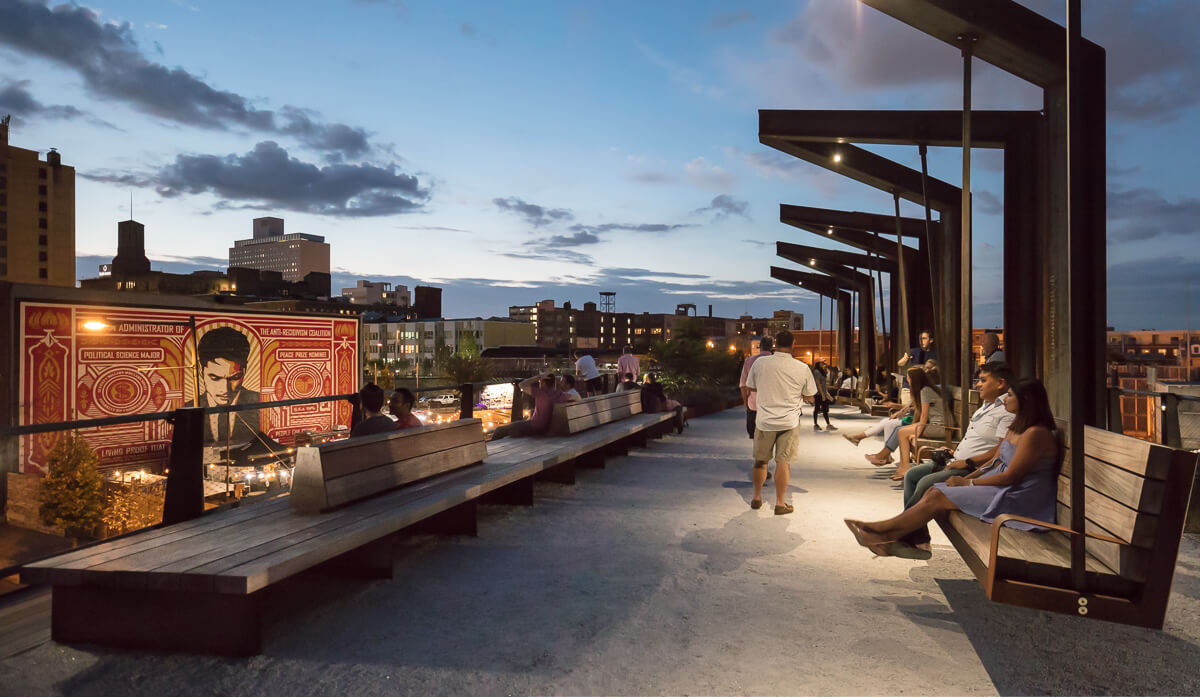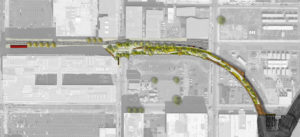As cities grow, green spaces inevitably disappear and are replaced by new buildings and paved public spaces. To restore the balance of green space in urban settings, community leaders in U.S. cities are finding ways to incorporate nature into the built environment. Philadelphia’s Rail Park was recently featured by The New York Times as one of these projects that is “bringing nature back to the urban core.”
The Lighting Practice, in collaboration with the design team led by Studio Bryan Hanes, developed a minimalist lighting solution for the new park. This lighting approach provides safety and beauty without disrupting evening views of the city.
TLP incorporated low-level fixtures throughout the plantings creating a warm glow. While strategically placed decorative pole lights mimic moonlight through the trees. To engage pedestrians at street level, TLP specified color-changing accent lighting beneath the park, illuminating the underpasses located along Callowhill at 12th and 13th Streets.
The article notes the Rail Park’s meandering pathway alongside an area once home to shuttered factories. It’s just one of the many features attracting visitors to the reimagined abandoned viaduct. As the project team, championed by Center City District and Friends of the Rail Park, completes more phases, the Rail Park will eventually become a three-mile stretch that connects 10 Philadelphia neighborhoods.
Bringing Nature Back to the Urban Core
The New York Times | February 2019
Frederick Law Olmsted understood nature’s ability to rejuvenate the mind and body.
One of the principal designers of Central Park in New York, he took pains to replicate the gentle beauty he saw in European parks that blended trees and shrubs, streams and bridges. “The park throughout is a single work of art,” he wrote.
That pastoral artistry can be fleeting in a large metropolis. The relationship between humans and nature improves mental health and promotes prosocial behavior. But as cities grow, green space is squeezed out. Community leaders are finding ways to restore some of the balance.
The opening of the High Line in Manhattan in 2009 brought national attention to the idea of reclaiming underused space for parks. Its success led to the development of a network of projects across the country, including an elevated park in Philadelphia, a deck spanning a freeway in Dallas and a multi-use trail around downtown Atlanta.




